Bizarre Mouthpiece Allegedly Turns Polluted Air into Clean, Mineral-Infused Air

Treepex is a portable barrel-like device that allegedly uses living tree cells compressed in replaceable cartridges to turn carbon dioxide into oxygen, emulating a tree’s ability to transform polluted air into mineral-enriched air. It sounds like a game-changer for sure, but nobody knows if it actually works, plus, it looks kind of funny. Developed by a […]
How Discarded Orange Peels Brought a Costa Rica Forest Back to Life
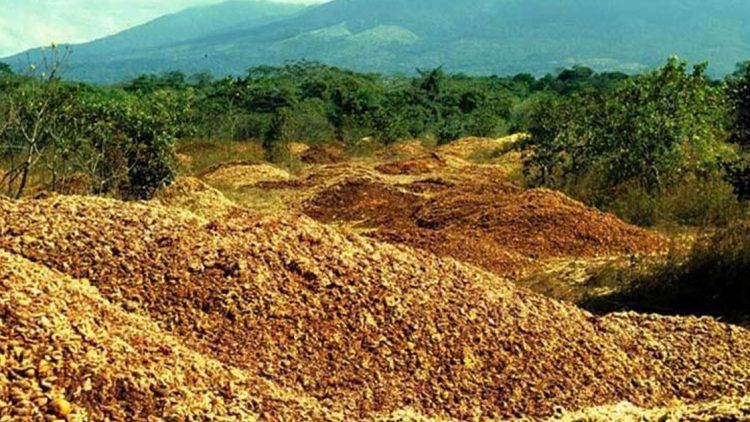
20 years ago, a couple of ecologists fighting for the conservation of Costa Rica’s tropical ecosystems convinced a large orange juice producer to donate part of their forestland to a national park in exchange for the right to dispose of massive amounts of orange peels on a degraded plot of land within that same park. […]
These Three Dogs Are Bringing Chile’s Fire-Devastated Forests Back to Life
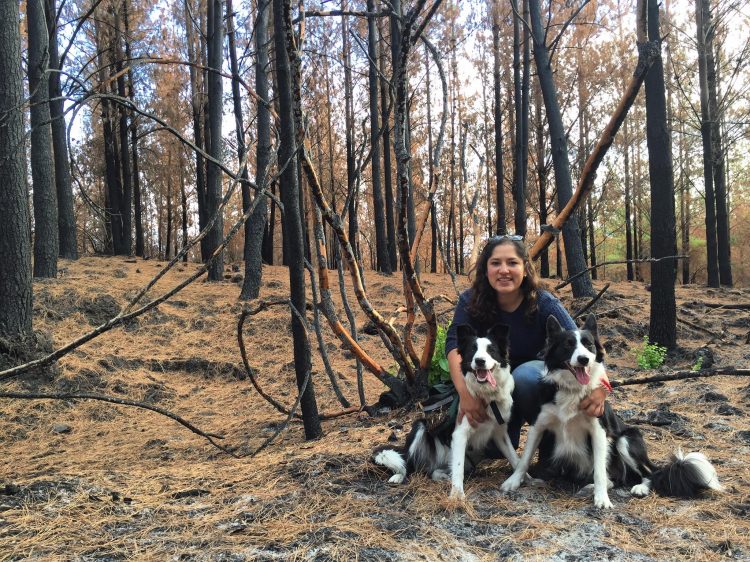
In January 2017, a series of fires in central Chile’s La Maue region burned down over 457,000 hectares of forest, leaving behind nothing but charred ground. Now, three border collies are helping replant it all by doing what they love most, running. Das, Olivia, and Summer, three female border collies have been working hard to […]
Brazilian Man Spends 40 Years Bringing a Forest Back to Life

83-year-old Antonio Vicente has spent the last four decades of his life fighting against the current. As Brazilian landowners cut down rainforests to make room for profitable plantations and cattle grazing grounds, he struggled to bring the lush jungles of his childhood back to life. Today, his efforts are being rewarded, as the completely stripped […]
This Uninhabited Tropical Island Has the World’s Highest Density of Plastic Pollution
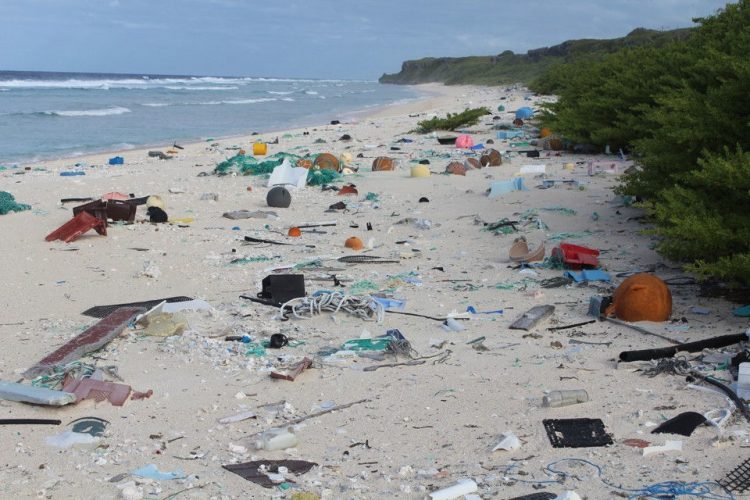
One of the last things you would normally expect to find on an uninhabited island in the South Pacific is plastic, and yet the beaches of Henderson Island are riddled with nearly 40 million pieces of plastic, ranging from toothbrushes to shopping bags and bottles. According to a recent report published in the in “Proceedings of the National […]
Couple Spend 25 Years Turning Barren Patch of Land into Paradise of Biodiversity
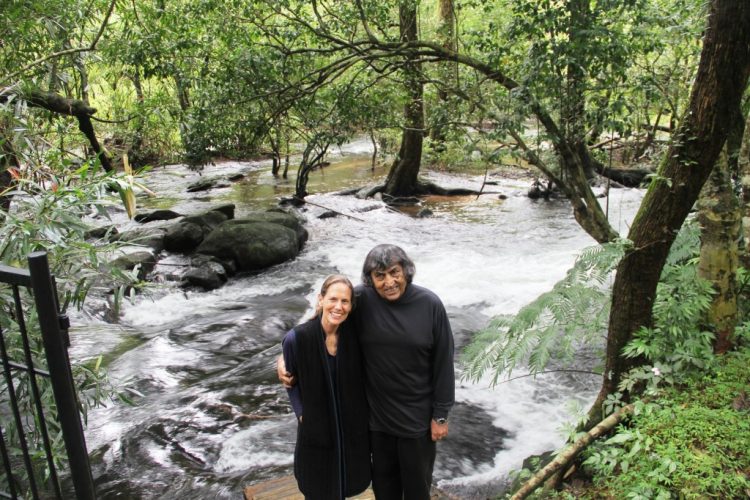
In 1991, Anil and Pamela Malhotra bought a 55 acres of unused farmland in Karnataka, India, and started planting native trees on it. Over the last 25 years, their small forest has turned into a 300-acre wildlife sanctuary that hundreds of endangered plants, animals and birds call home. Anil and Pamela met and married in New Jersey, […]
The Brave “Spiderman Cleaners” Risking Their Lives to Keep China’s Mountains Trash-Free
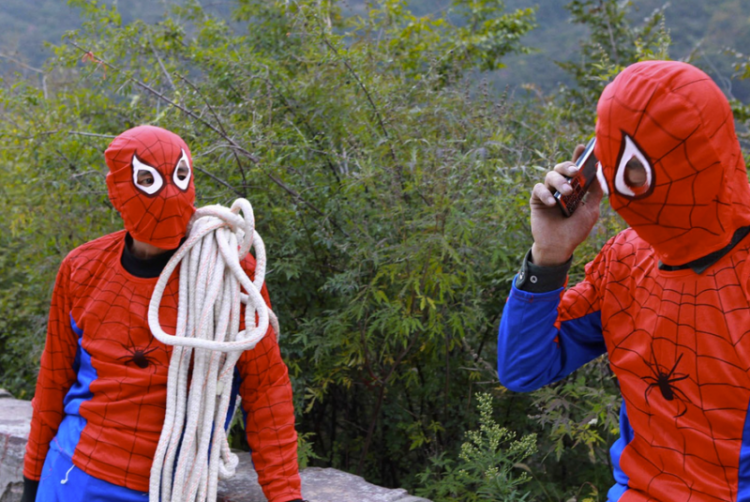
With millions of Chinese visiting the country’s sacred mountains every year, keeping them trash-free is incredibly difficult. Luckily, that’s where the Spiderman cleaners come in. These dedicated men an women risk their lives on a daily basis, rappelling down steep cliffs to reach plastic bottles, bags and various other garbage thrown there by uncivilized tourists. […]
Poo Couture – Dutch Designer Turns Cow Manure into Fashionable Clothing

With cattle breeding at an all time high, manure has become one of the world’s greatest environmental hazards, but one Dutch artist is using chemistry to turn into something that is both eco-friendly and valuable. Her innovative technique turns manure into a variety of useful materials like clothing fabric, bio-degradable plastic and paper. In recent […]
Indian Company Makes Edible 100% Biodegradable “Plastic” Bags
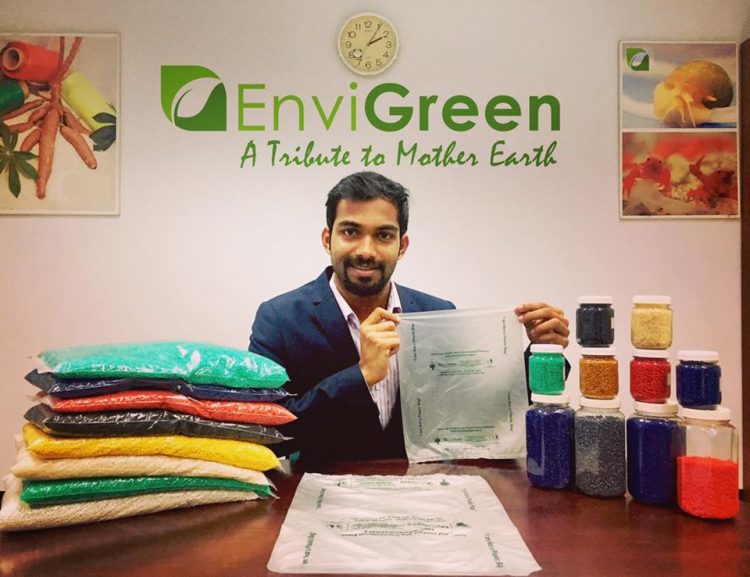
In an effort to combat plastic pollution, Indian startup EnviGreen has come up with a combination of natural starch and vegetable oils that looks and feels just like plastic, but is 100 percent organic, biodegradable and eco-friendly. You can even dispose of such a “plastic” bag by eating it. EnviGreen founder Ashwath Hedge came up […]
Activist To Wear All The Trash He Creates in a Month
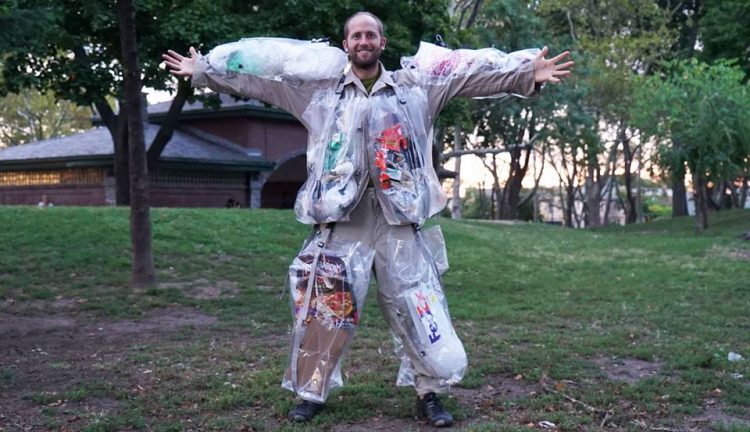
Environmentalist Rob Greenfield wants to change the way Americans think about their trash footprint by wearing every piece of trash he creates over 30 days. “For one month, Rob Greenfield is going to live like the average American. He’ll eat, shop, and consume just like the average American which produces 4.5 pounds of trash per […]
Researchers Use Wastewater to Grow 240-Hectare Forest in Egyptian Desert

Located near Ismailia, about two hours from Egypt’s capital, Cairo, Serapium Forest is nothing short of an environmental miracle – a 240-hectare forest of both native and non-native trees thriving in the middle of the desert. Advancing desserts have become a serious problem throughout the African continent, but a team of German and Egyptian researchers […]
You Might Not Want to Go There, but North Korea Is One of the World’s Last Havens for Birds
North Korea may be one of the world’s least tourist-friendly countries on Earth, but its strategic location along the avian East Asian Australasian Flyway and complete lack of development is preventing the extinction of several once plentiful species of migratory birds. Around fifty million birds, from tiny song birds to cranes, journey across the East Asian […]
Panama’s Eco-Friendly Plastic Bottle Village
‘The Plastic Bottle Village’ is just the sort of innovative idea that might eventually save the Earth from drowning in plastic. It’s a planned 83-acre community in Panama that, as the name suggests, is going to be entirely built out of discarded plastic bottles. Located on Isla Colón, in the Bocas del Toros province, The […]
The Amazing Story of a Gambler-Turned-Conservationist Who Spent $90 Million Saving Nature
Former gambler and businessman M.C. Davis placed the biggest bet of his life about 20 years ago when he decided to spend a considerable chunk of his fortune on nature. Over the past two decades, he spent $90 million purchasing thousands of acres of land all over Florida. And the risk paid off – he […]
Beirut’s Stinking River of Trash
From afar it might look like a pathway of white pebbles snaking its way through the cosmopolitan capital of Lebanon, but it’s actually just a landfill overflowing with stinking garbage bags. Nicknamed ‘river of garbage’, this urban monstrosity stretches hundreds of meters through the Jdeideh municipality in the city’s suburbs. The problem apparently began in July last […]
